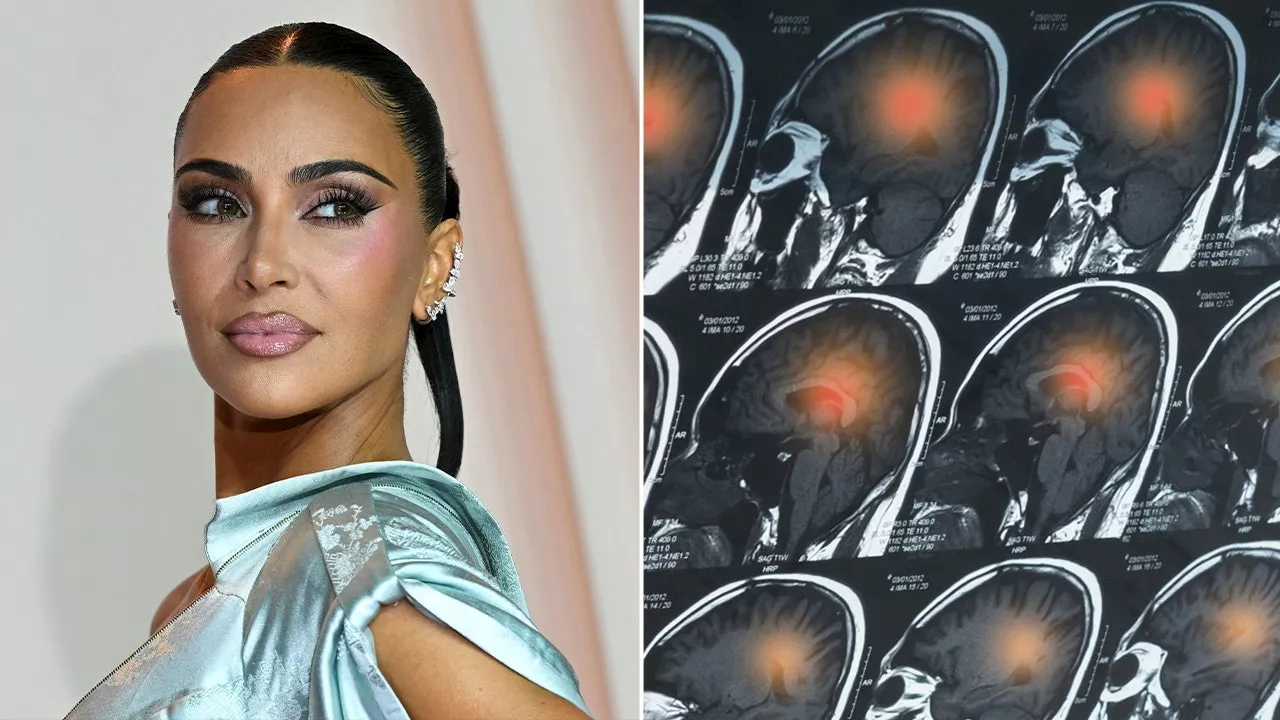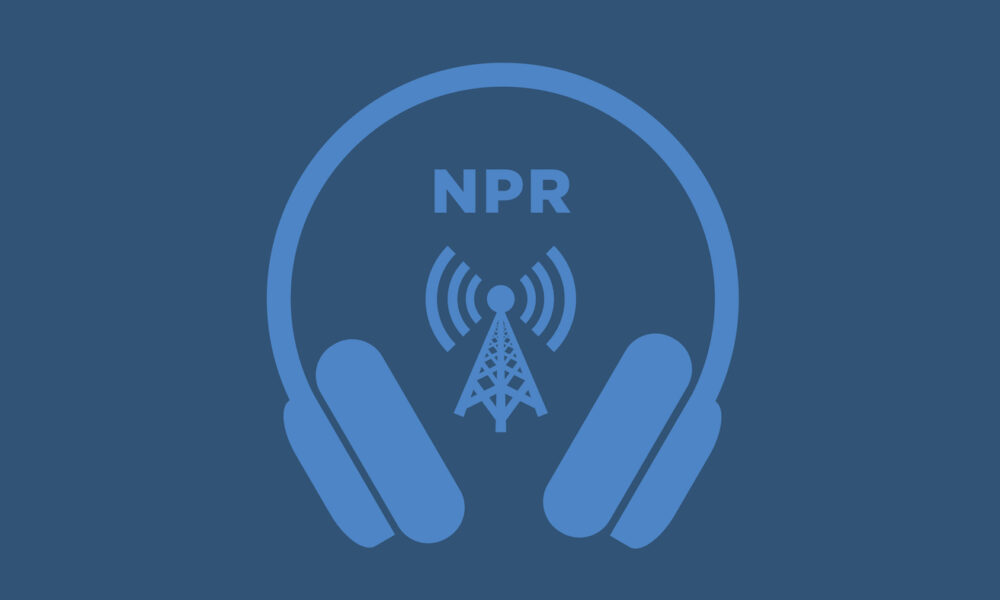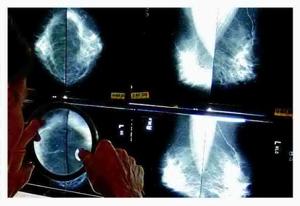Kim Kardashian recently revealed her diagnosis of a brain aneurysm during a preview clip for Season 7 of *The Kardashians*. The 45-year-old entrepreneur and Skims founder shared that the condition was identified during an MRI scan, prompting discussions about the seriousness of brain aneurysms and the importance of early detection and intervention.
A brain aneurysm occurs when a blood vessel in the brain weakens and balloons, resembling a small water balloon on a hose. According to Dr. Adam Arthur, chairman of neurosurgery at the University of Tennessee and chief medical officer at Medtronic Neurovascular, this condition can lead to severe complications, including a hemorrhagic stroke, which may have life-altering or fatal outcomes.
While many aneurysms remain small and asymptomatic, the potential risk of rupture is a serious concern. Dr. Arthur notes that brain aneurysms are more prevalent in women, possibly due to genetic factors. Symptoms of a ruptured aneurysm can include a sudden, intense headache, often described as being behind the eye, which indicates an urgent medical situation.
Kardashian’s announcement has sparked a broader conversation about the implications of brain aneurysms and the significance of understanding this condition. Early detection, as in Kardashian’s case, can facilitate interventions designed to prevent strokes. Dr. Arthur emphasizes the availability of minimally invasive surgical procedures and the option to monitor smaller aneurysms, which are effective management strategies.
Several lifestyle and genetic factors may increase the likelihood of developing an aneurysm. These include chronic alcohol consumption, nicotine exposure, genetic predispositions, and the use of certain recreational drugs, such as cocaine and methamphetamine. These substances can adversely affect blood vessel health, possibly contributing to the formation and rupture of aneurysms. Additionally, chronic stress is linked to aneurysm development, highlighting the importance of maintaining healthy lifestyle habits, including sleep, diet, and exercise.
Family history also plays a critical role in assessing risk. Individuals with two close relatives diagnosed with aneurysms are advised to undergo screening exams, such as MRIs, to monitor for potential issues. Treatment options vary depending on the size and location of the aneurysm and include approaches ranging from minimally invasive surgery to more traditional open surgery.
The potential for brain aneurysms to cause disability underscores the need for heightened awareness and proactive healthcare practices. Prompt medical attention and appropriate interventions can significantly improve outcomes, making it essential for anyone experiencing concerning symptoms to seek immediate medical evaluation.
Kardashian’s openness about her health scare serves to inform and educate the public on a condition that can often go unnoticed until it manifests severely. As discussions around brain health gain traction, the focus remains on the importance of early detection and understanding the risks associated with brain aneurysms.







